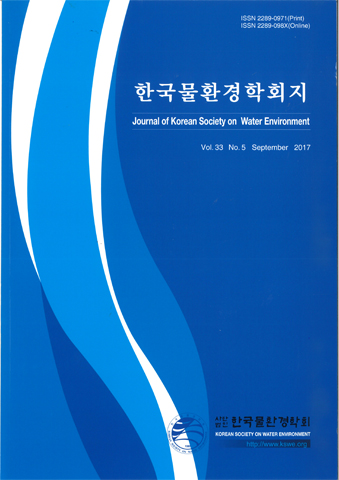The purpose of this study is to investigate growth response and toxigenicity under various temperature and nutritional conditions, in order to understand the physioecological characteristics of Aphanizomenon flos-aquae, which is a bloom-forming cyanobacterium in the Nakdong River. The strain was inoculated into media under combinations of four temperatures (4, 12, 21, 30°C) and three nutrients (modified CB medium, P-depleted CB medium, N-depleted CB medium) for 28 days. The algae-inhibition tests were performed to assess the potential allelopathic effects of the strains' filtrates on the growth of four algae strains (Microcystis aeruginosa, Aulacoseria ambigua f. spiralis, Aphanizomenon flos-aquae, Scenedesmus obliquus). Toxin production of a strain was measured by Enzyme-Linked ImmunoSolbent Assay (ELISA). The optimal growth temperature (Topt) of strains was 19.9°C (18.3-21.2°C), and the temperature range for growth was from -0.3°C to 34.3°C. Specific growth rate (μ) in modified CB medium varied from 0.10 to 0.16 day-1, and the maximum growth rate (μmax) was 0.17 day-1. Although growth curves under N-existed and N-depleted conditions were almost the same, growth under N-depleted condition was relatively slowed (μ = 0.09 to 0.14 day-1), with a decreased maximum cell density. However, growth under the P-depleted condition was restricted for all temperatures, Two stains of Aphanizomenon flos-aquae were confirmed as not producing toxins, because saxitoxin and cylindrospermopsin were not detected by ELISA. The exudates or filtrates from the Aphanizomenon flos-aquae (DGUC003) resulted in significant inhibition of algal growth on the Aulacoseira ambigua f. spiralis (DGUD001) and Aphanizomenon flos-aquae (DGUC001) (p < 0.01).




